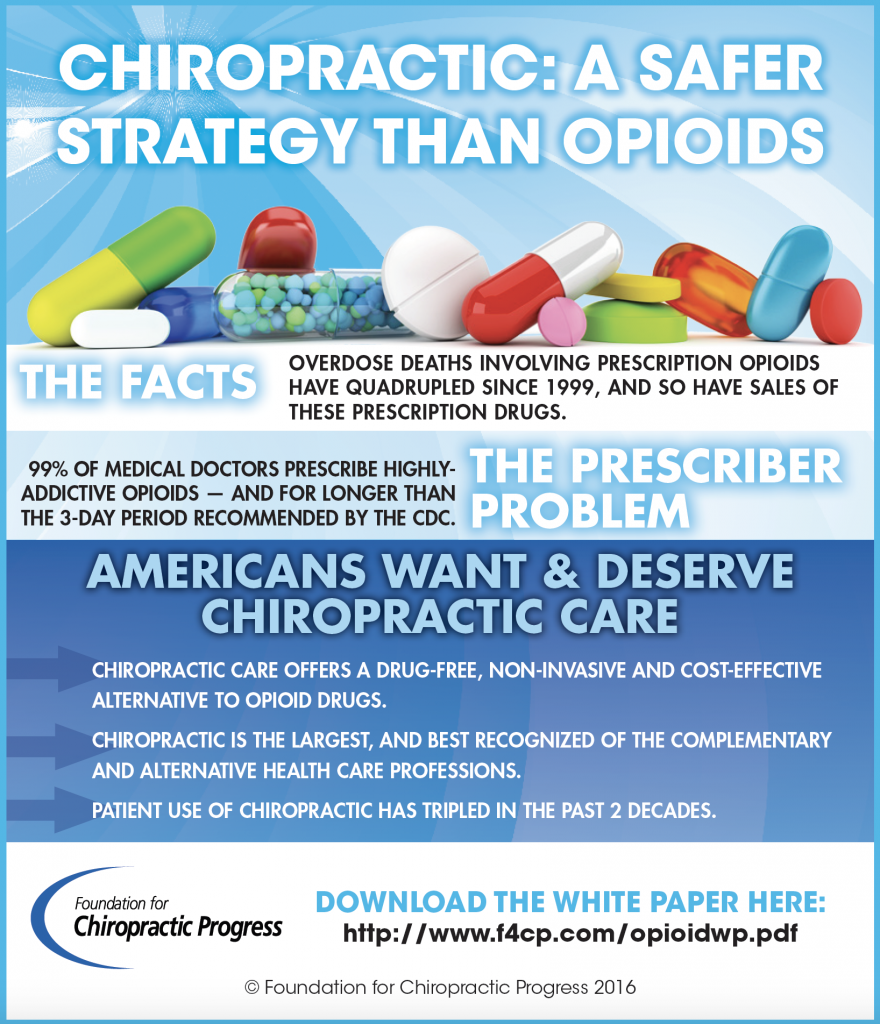Get Ready To Discover The Appealing Mobile Interactions Of Cold Laser Therapy And Exactly How It Takes Advantage Of Light For Recovery-- Dive Deeper Right Into The Scientific Research!
Get Ready To Discover The Appealing Mobile Interactions Of Cold Laser Therapy And Exactly How It Takes Advantage Of Light For Recovery-- Dive Deeper Right Into The Scientific Research!
Blog Article
Composed By-Krog Hutchison
You may have come across cold laser treatment as a promising therapy alternative for different conditions, but have you ever wondered exactly how it in fact works on a mobile level? Comprehending the devices behind this therapy can clarify its performance in advertising healing and decreasing inflammation. By exploring the scientific research behind cold laser treatment, you'll gain insights right into the fascinating ways in which light can affect mobile processes and assist in cells fixing.
Just How Cold Laser Treatment Works
To recognize exactly how cold laser therapy works, you require to grasp the fundamental principles of exactly how light energy connects with organic cells. https://www.nature.com/articles/s41598-022-23826-1 , additionally referred to as low-level laser treatment (LLLT), makes use of particular wavelengths of light to permeate the skin and target underlying cells. Unlike the extreme lasers made use of in procedures, cold lasers send out low levels of light that don't create heat or trigger damage to the cells.
When these mild light waves get to the cells, they're absorbed by parts called chromophores, such as cytochrome c oxidase in mitochondria. This absorption activates a series of biological reactions, including boosted mobile power production and the release of nitric oxide, which boosts blood circulation and decreases swelling.
Additionally, the light energy can likewise promote the manufacturing of adenosine triphosphate (ATP), the energy money of cells, aiding in cellular repair work and regrowth procedures.
In essence, cold laser treatment utilizes the power of light power to advertise recovery and relieve pain in a non-invasive and gentle manner.
Mechanisms of Activity
How does cold laser treatment in fact function to generate its healing effects on biological tissues?
Cold laser therapy, additionally referred to as low-level laser therapy (LLLT), operates via a process known as photobiomodulation. When the cold laser is related to the skin, the light energy passes through the cells and is taken in by chromophores within the cells.
These chromophores, such as cytochrome c oxidase in the mitochondria, are then boosted by the light power, leading to a cascade of biological reactions. One key mechanism of action is the enhancement of mobile metabolism.
The taken in light energy increases ATP production in the mitochondria, which is critical for cellular function and repair. Furthermore, cold laser treatment assists to lower swelling by preventing inflammatory mediators and advertising the launch of anti-inflammatory cytokines.
This anti-inflammatory impact adds to discomfort alleviation and cells healing.
Healing Effects
Recognizing the healing effects of cold laser therapy involves acknowledging just how the boosted mobile metabolic process and anti-inflammatory residential or commercial properties contribute to its positive results on organic tissues.
When smoking cessation laser therapy near me is applied to the affected area, it promotes the mitochondria within the cells, resulting in boosted manufacturing of adenosine triphosphate (ATP), which is essential for cellular function and fixing. This boost in mobile power increases the recovery process by promoting tissue regeneration and reducing inflammation.
Furthermore, the anti-inflammatory residential or commercial properties of cold laser therapy aid to reduce pain and swelling in the targeted area. By inhibiting inflammatory conciliators and advertising the release of anti-inflammatory cytokines, cold laser treatment help in easing pain and enhancing the total healing response.
This reduction in swelling not just supplies immediate relief however also supports long-lasting cells repair work.
Conclusion
Finally, cold laser treatment functions by promoting cellular repair service and tissue regrowth with photobiomodulation. Its anti-inflammatory properties provide discomfort relief and reduce swelling by preventing inflammatory conciliators.
This therapy supplies a thorough method to recovery, delivering both instant relief and lasting tissue repair benefits.
Through its mechanisms of action, cold laser treatment verifies to be an efficient and encouraging therapy choice for a range of conditions.
